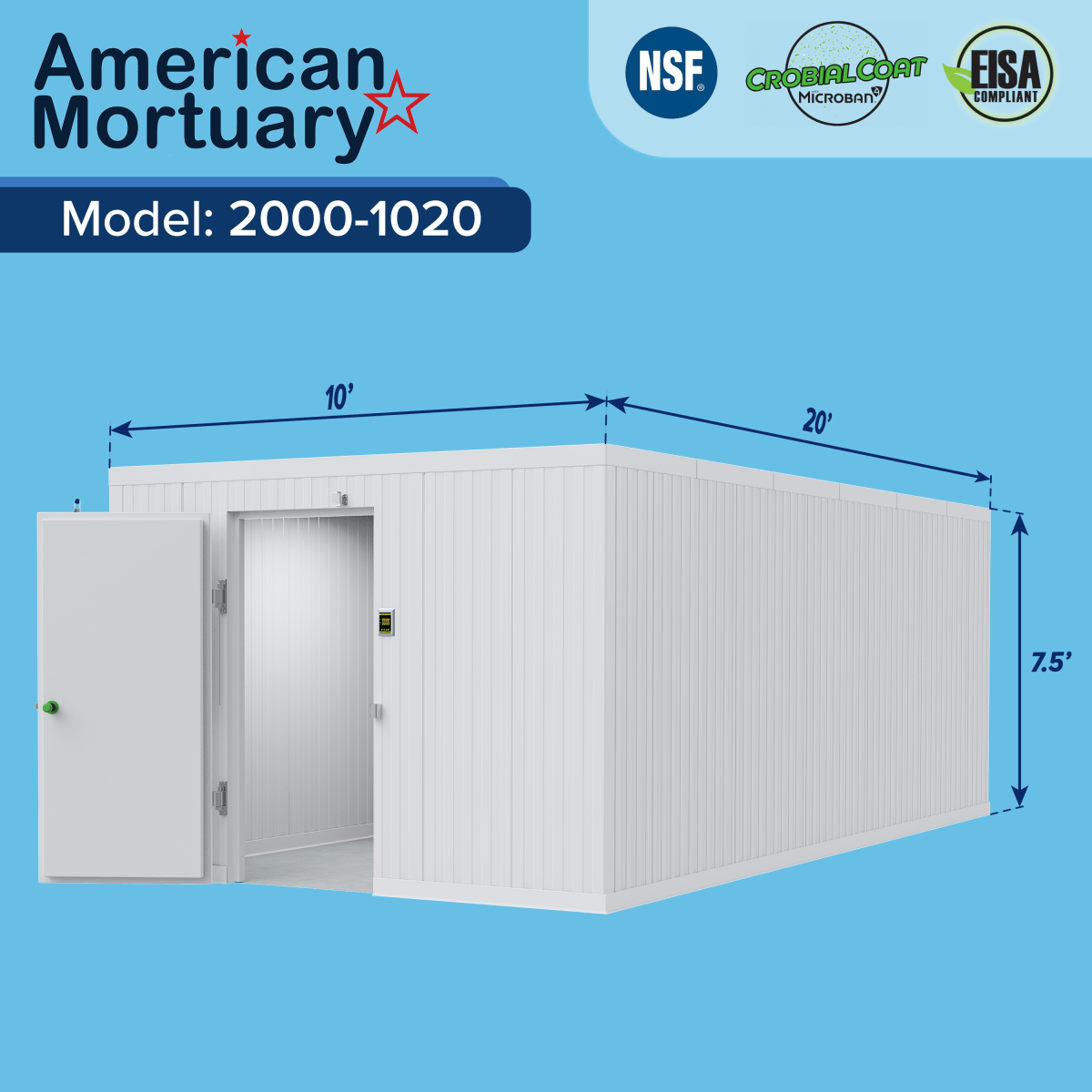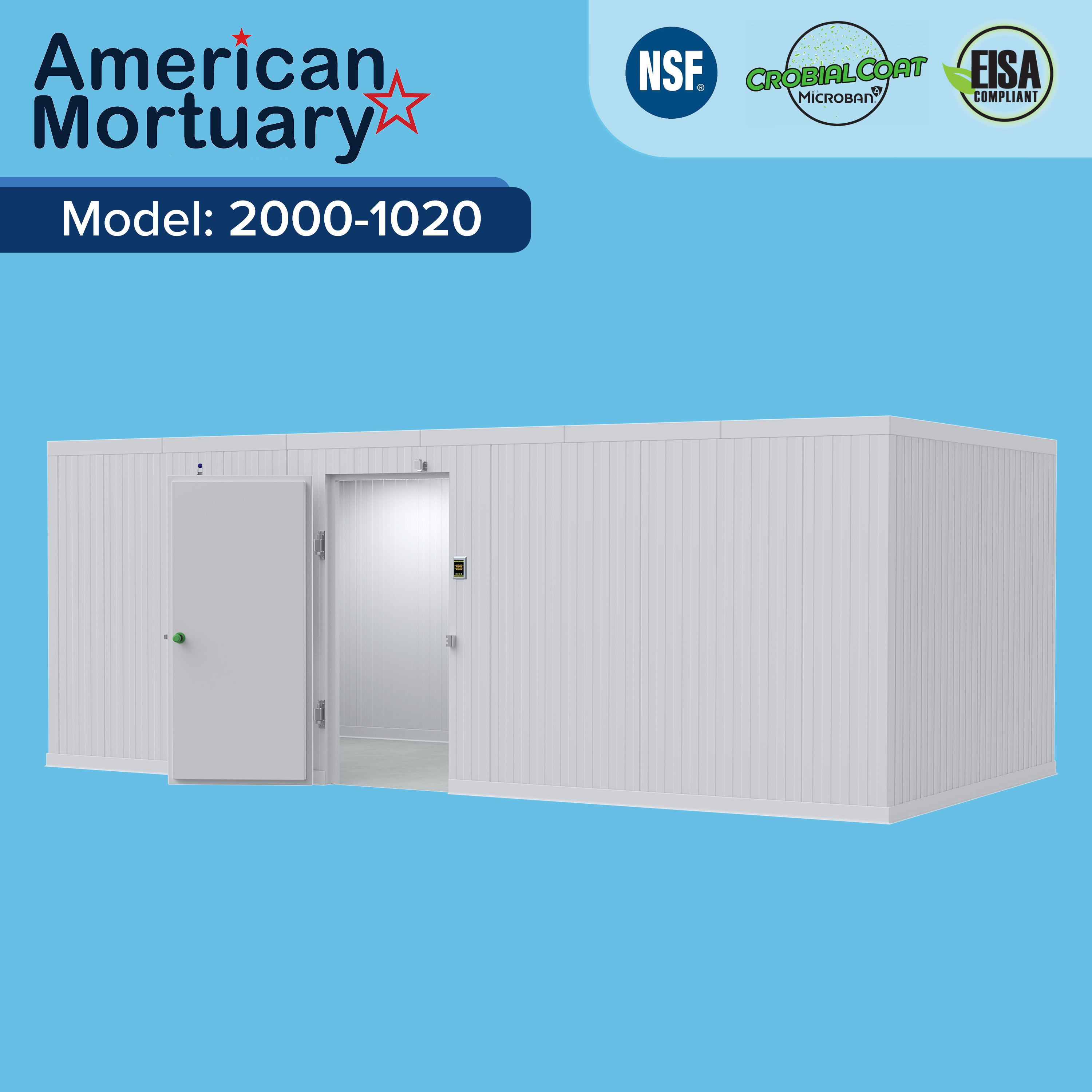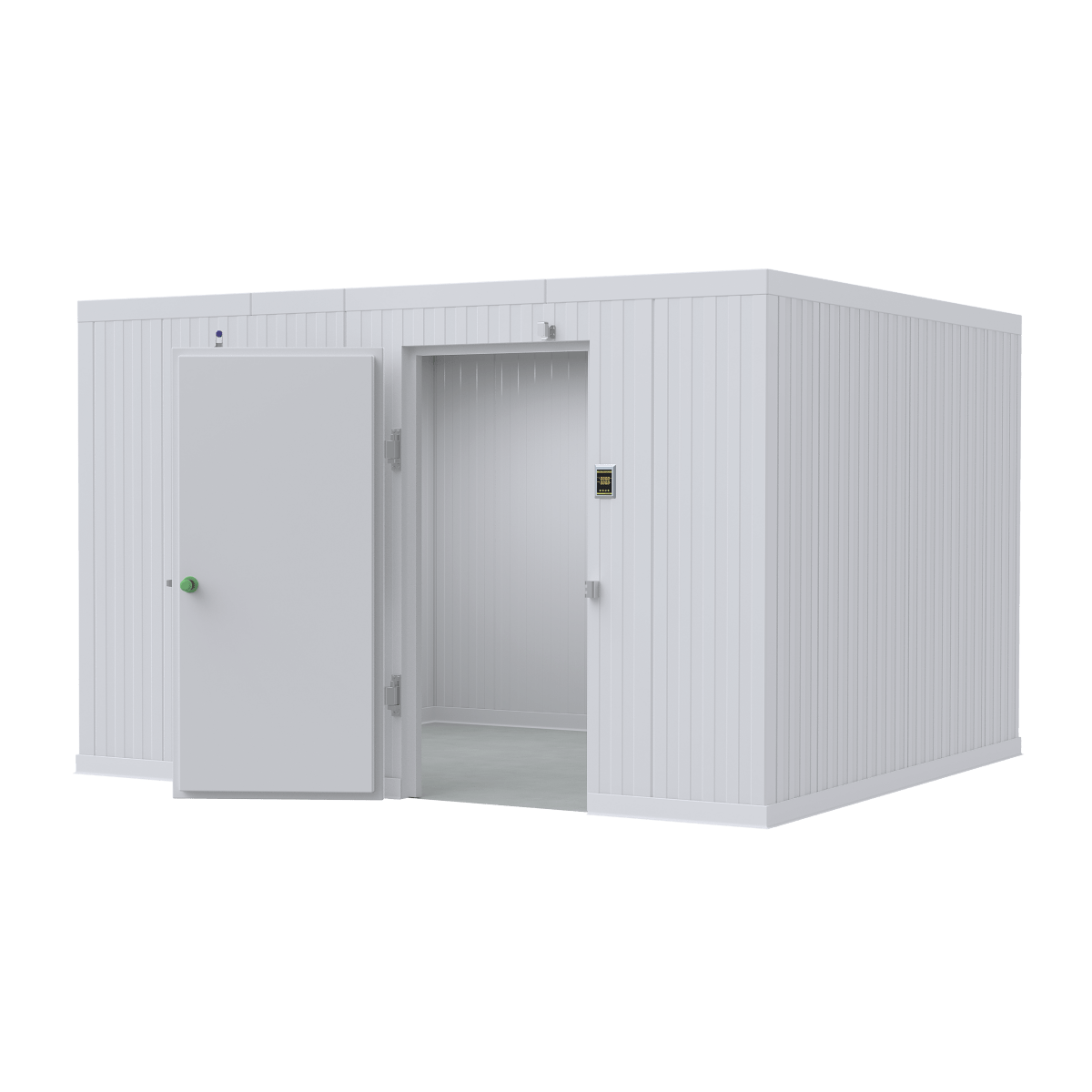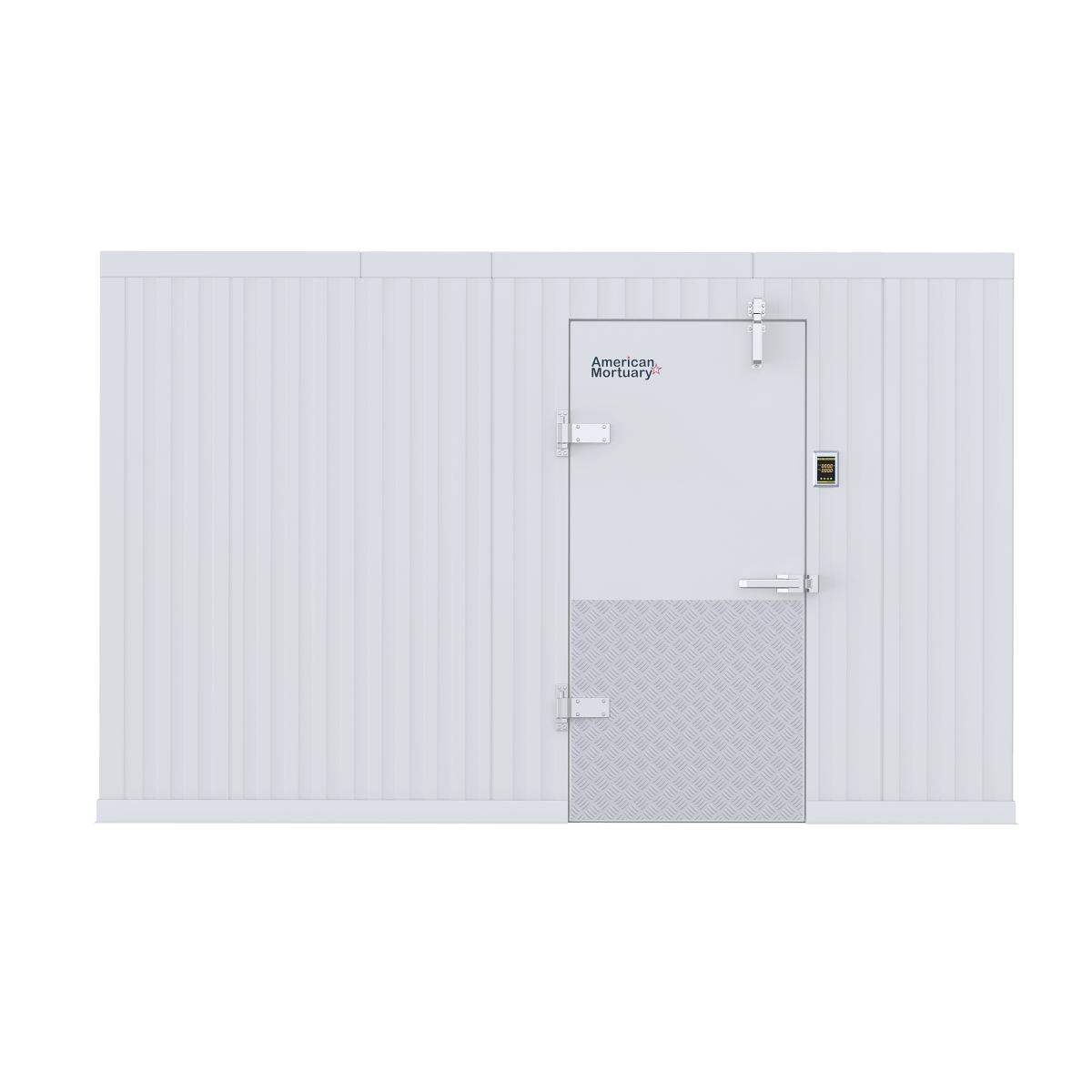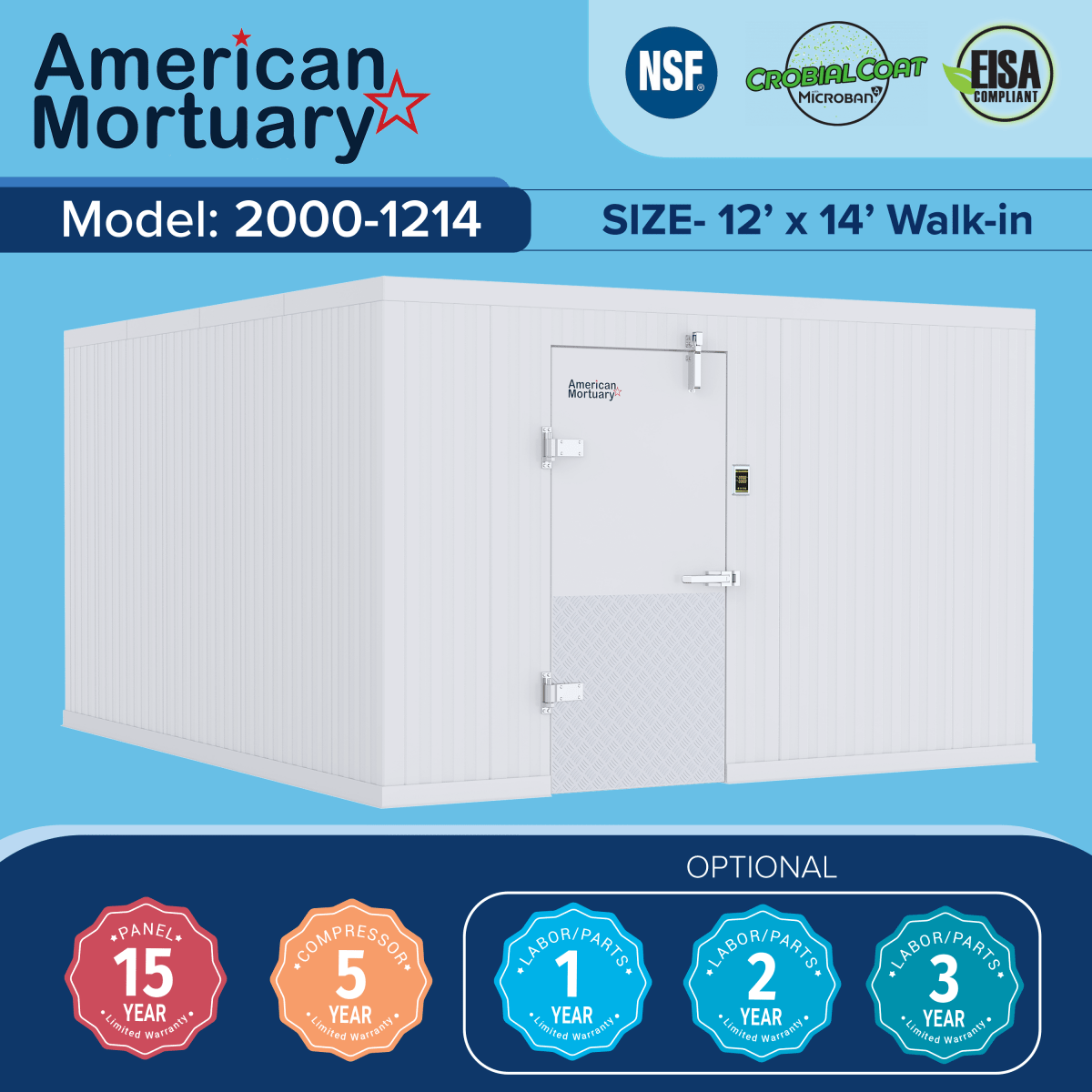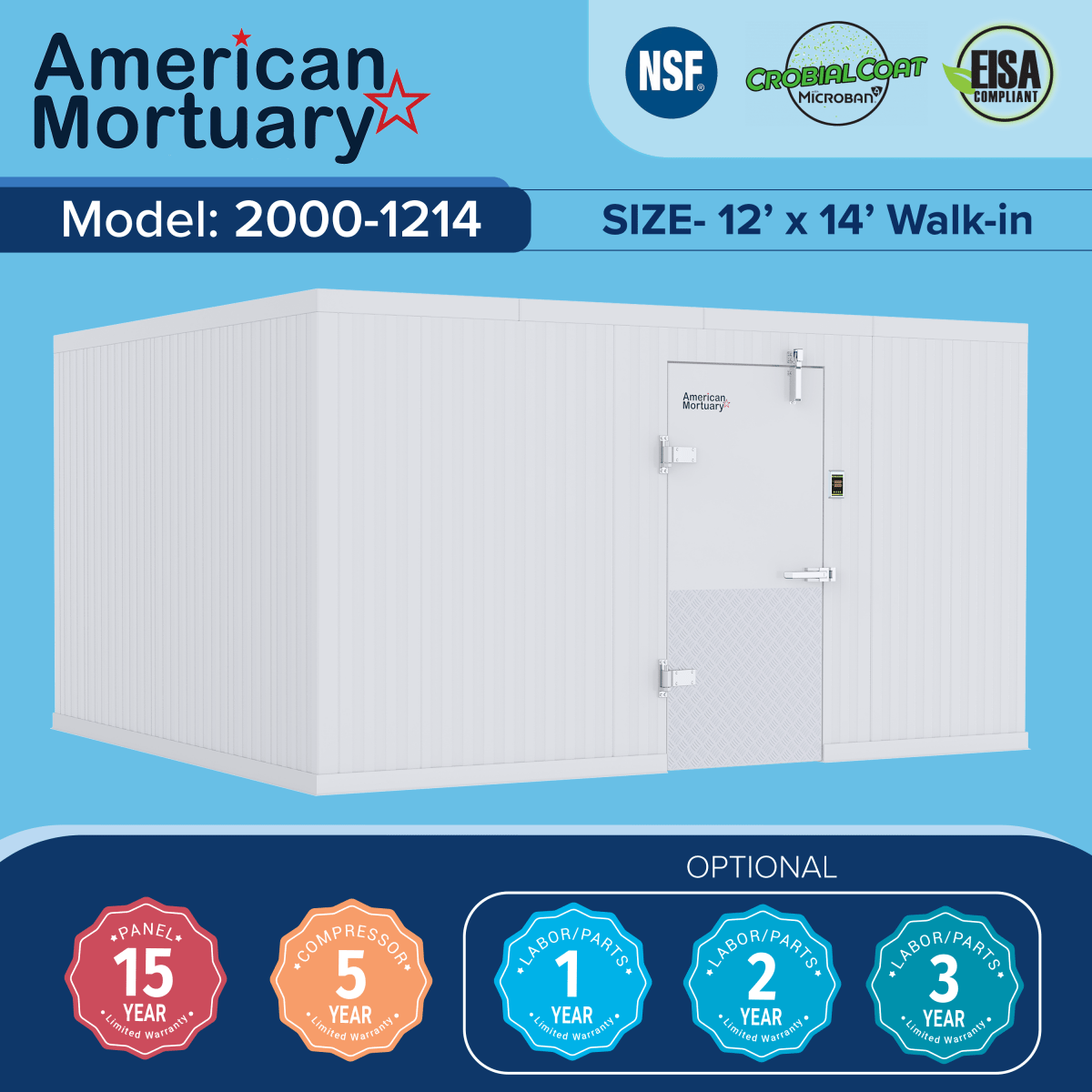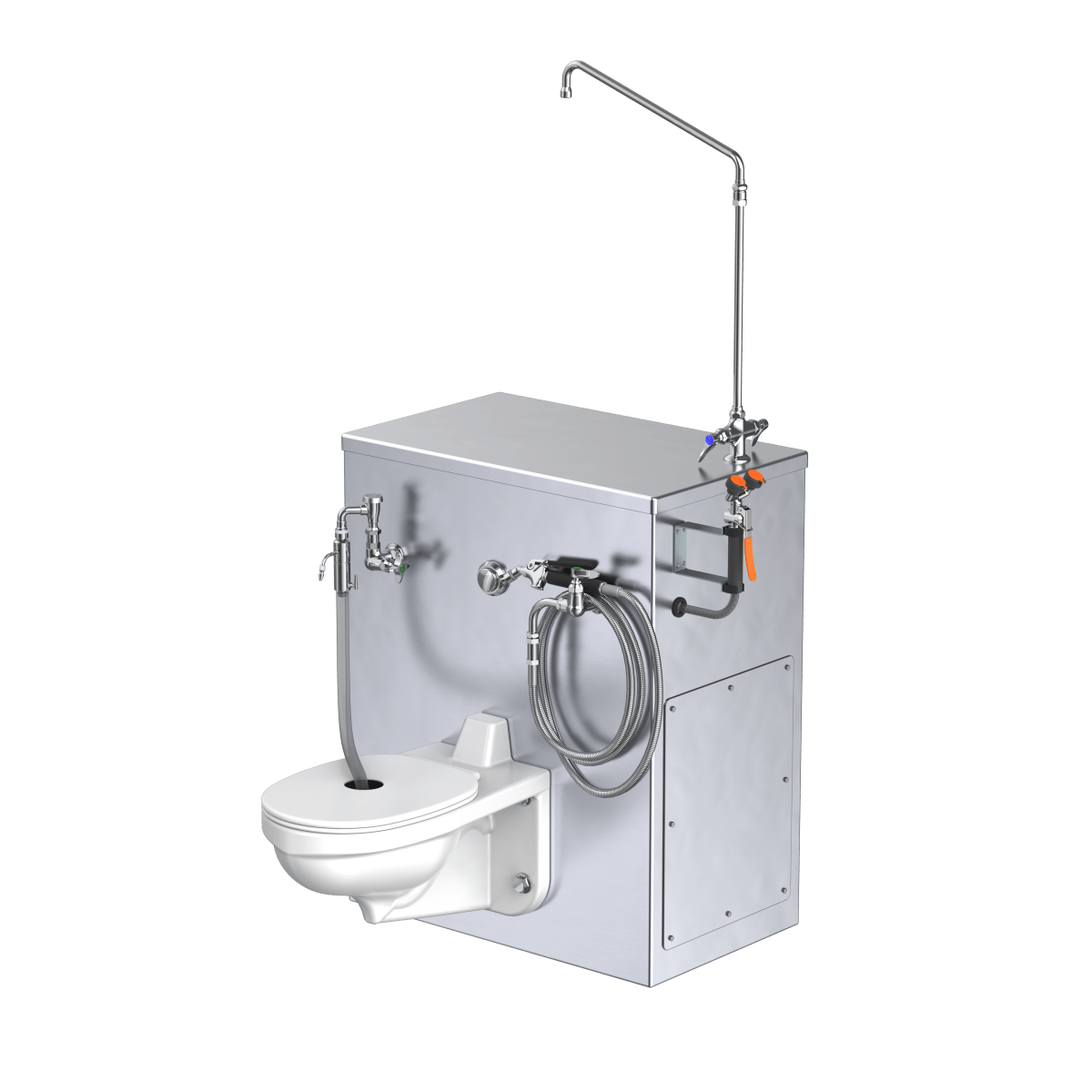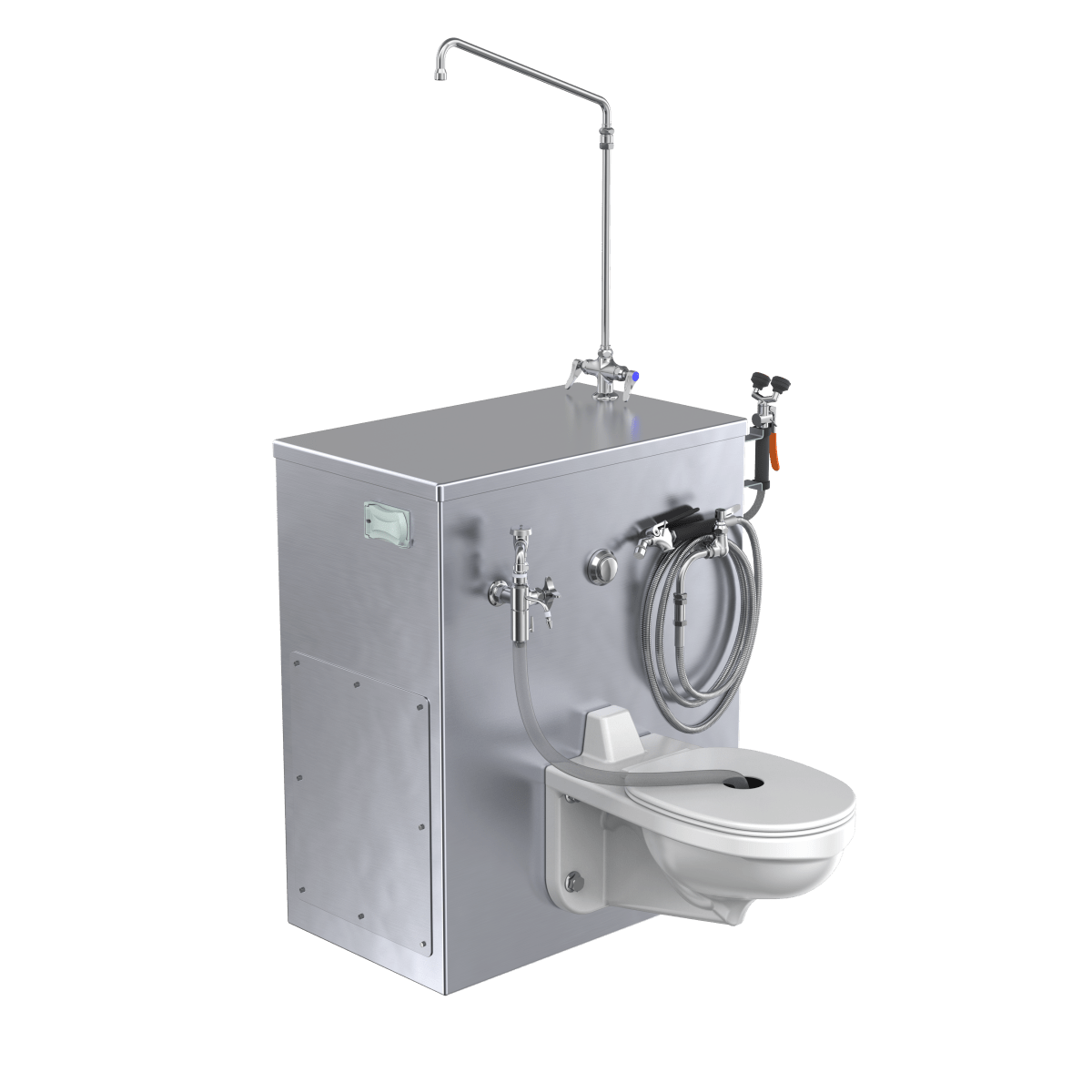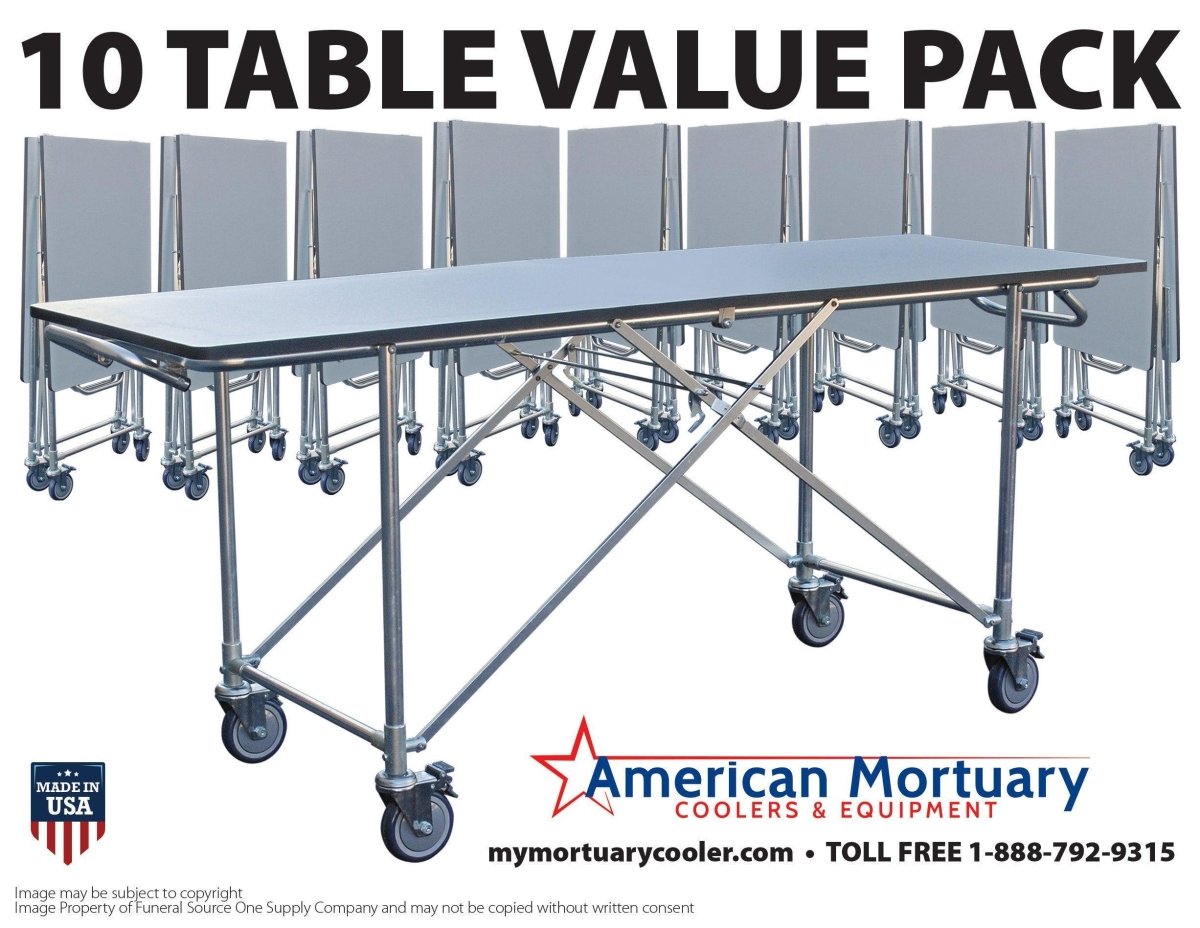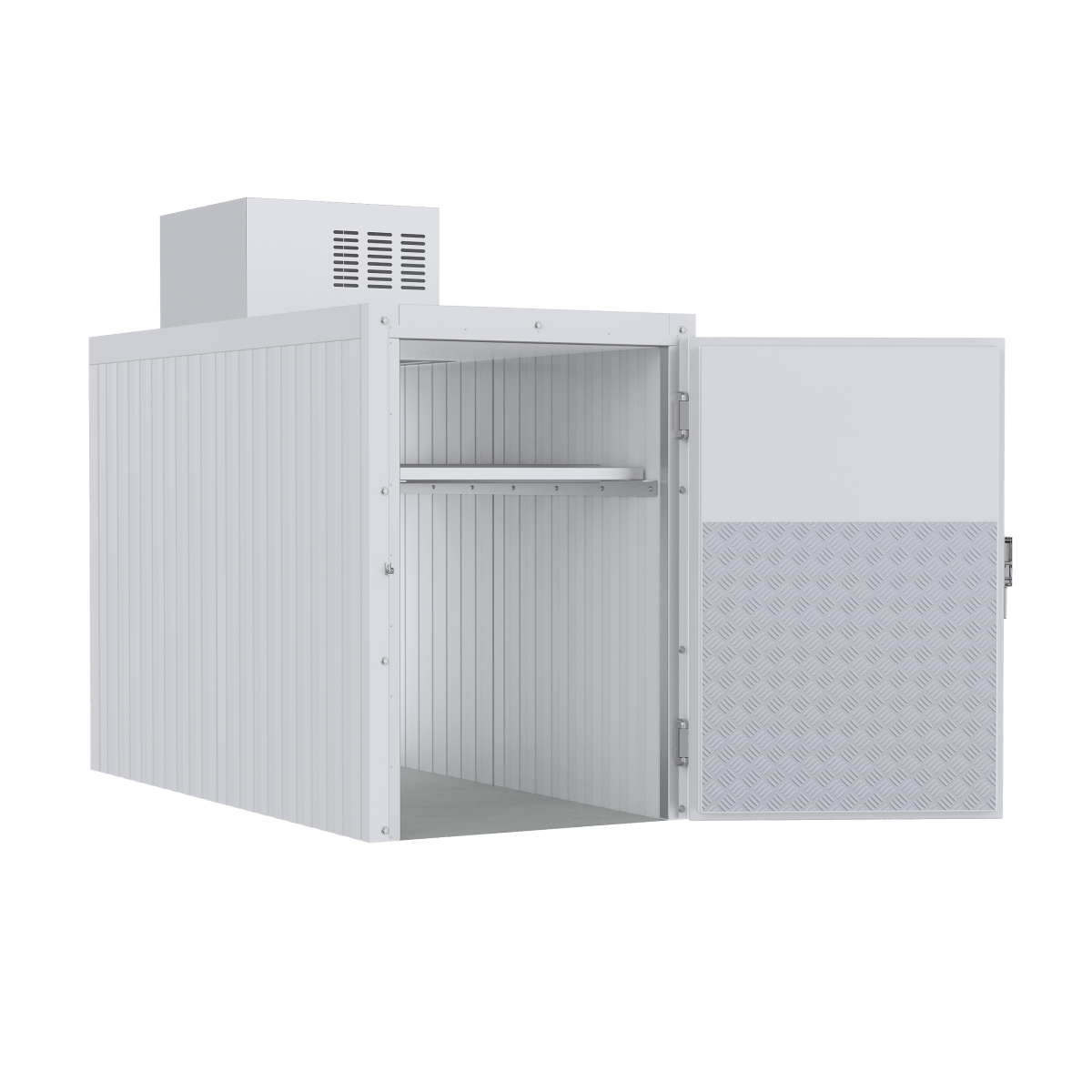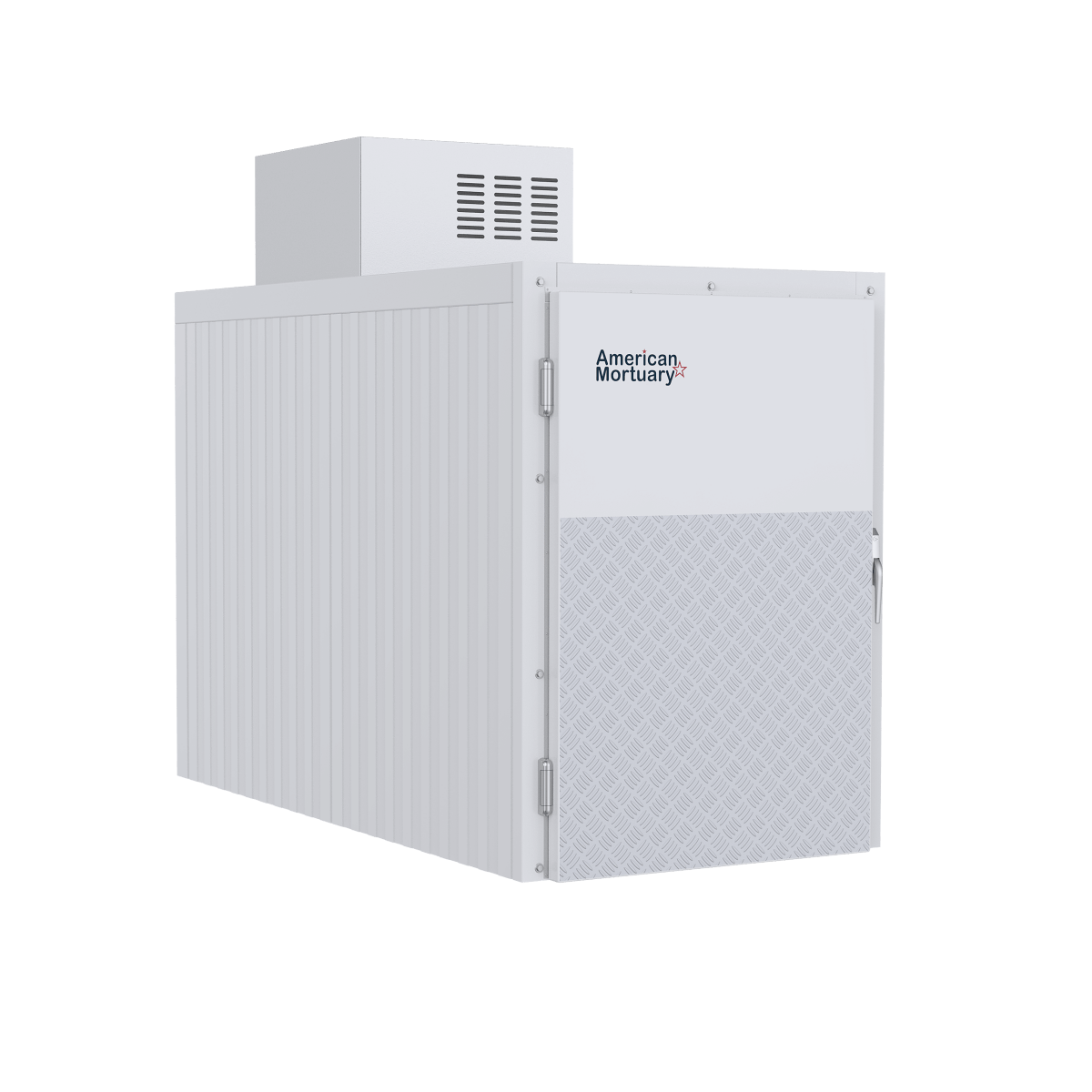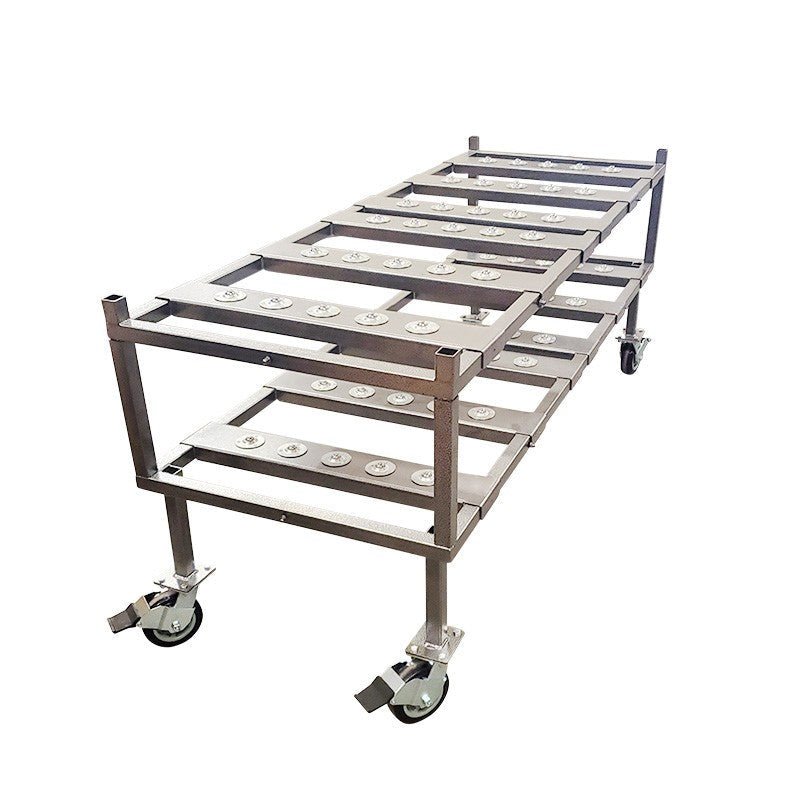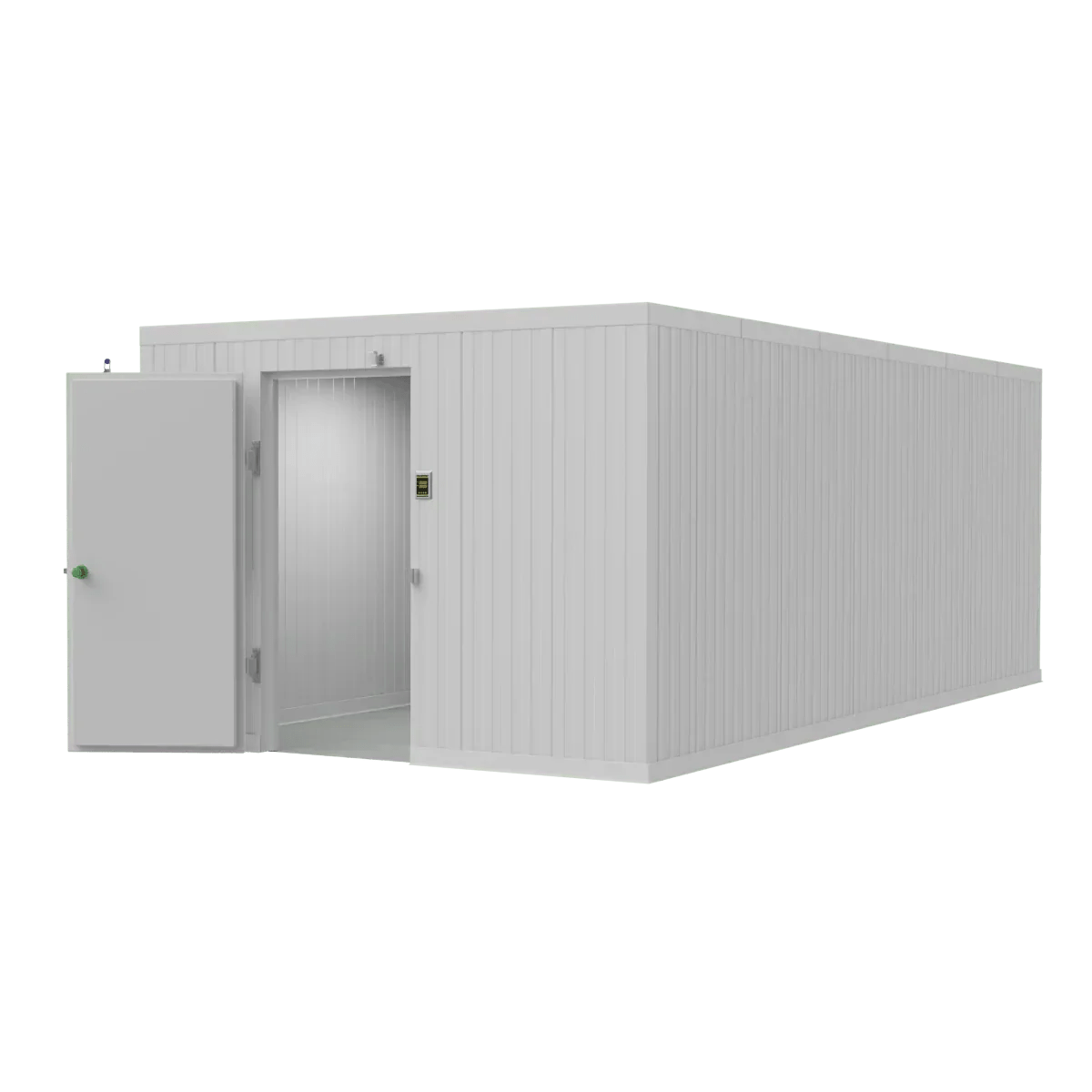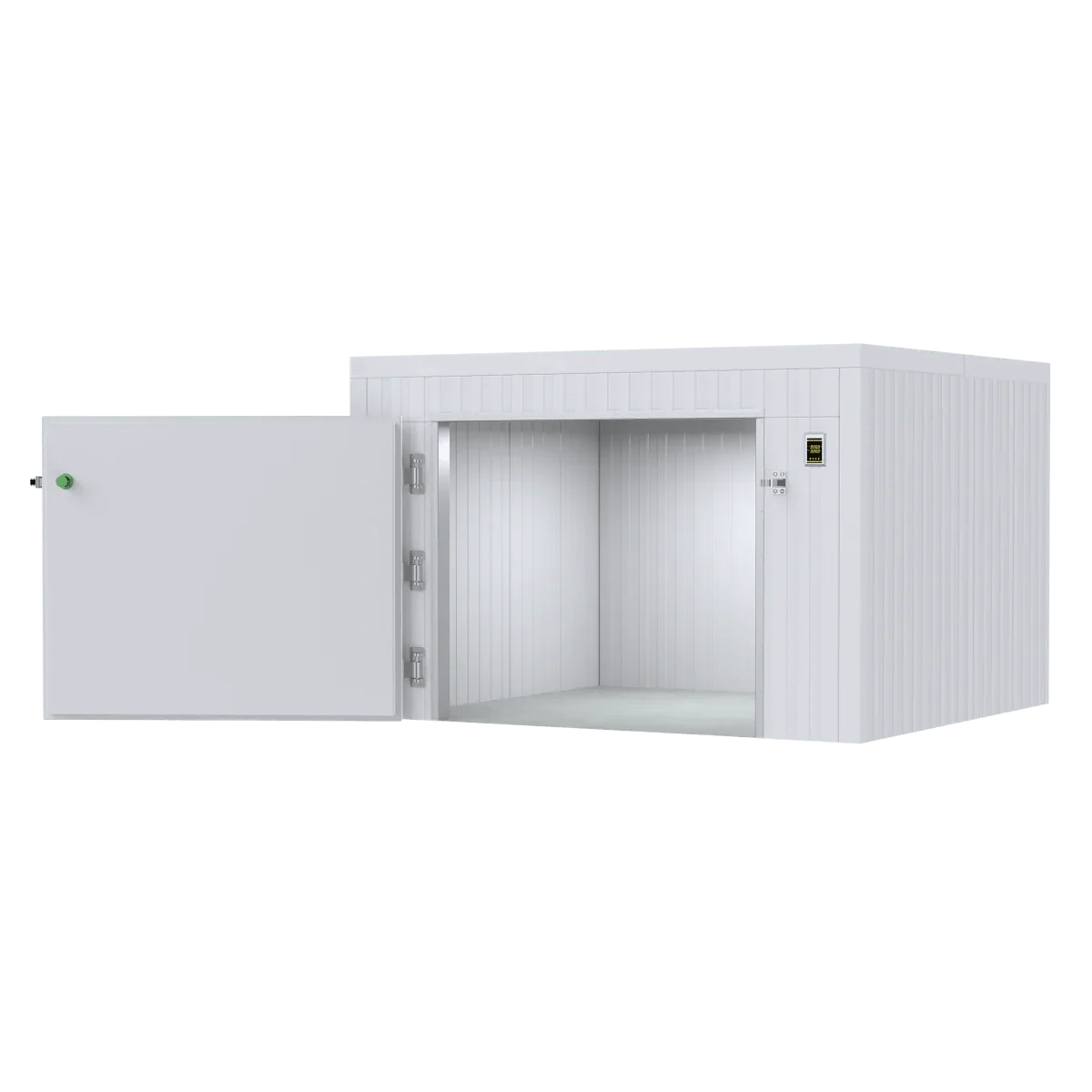Understanding Aspirator Technology in Mortuary Science
An aspirator is a device designed to create suction for removing fluids, gases, or particles from a space or cavity. If you're searching for information about aspirators, here's what you need to know:
What is an aspirator?
- A suction device that creates negative pressure to remove fluids or particles
- Available in manual, electric, and water-powered variants
- Used across medical, laboratory, mortuary, entomological, and industrial fields
- Works on principles of vacuum creation or the Venturi effect
Aspirators serve critical functions across multiple industries, with designs varying significantly based on their intended application. In mortuary science, hydro aspirators play a particularly important role in embalming procedures, where they help remove bodily fluids during preparation processes. The basic principle remains consistent across all types: creating a pressure differential that forces material to move from an area of higher pressure to one of lower pressure.
The term "aspirator" comes from the Latin word "aspirare," meaning "to breathe upon" or "to draw breath," which accurately describes the suction action these devices create. Modern aspirators range from simple manual devices to sophisticated electric systems with adjustable vacuum levels and specialized attachments.
"As the power source in aspiration procedures, the aspirator pump directly influences the outcome of the operation." - Research from a recent medical technology review
I'm Mortuary Cooler, a national-level mortuary equipment supplier with extensive experience providing high-quality aspirator systems designed specifically for funeral homes and mortuary operations. My expertise with aspirator technology spans both traditional hydro aspirators and modern electric variants used in professional embalming procedures.

Terms related to aspirator:
What Is an Aspirator? How It Works
Have you ever wondered how medical professionals remove fluids during surgery, or how embalmers prepare deceased loved ones? The humble aspirator makes these essential tasks possible through a fascinating bit of physics.
At heart, an aspirator is simply a device that creates suction by generating negative pressure. Think of it as the opposite of blowing air—instead, it pulls material in. This suction can be created in a few different ways, depending on the type of aspirator you're using.
Many water-powered aspirators (commonly used in mortuary settings) rely on the Venturi effect—named after Italian physicist Giovanni Battista Venturi. When water flows through a narrowed section of pipe, it speeds up and creates a pressure drop. This pressure drop actually pulls in air or fluids through a side inlet. It's the same principle that makes airplane wings generate lift, based on Bernoulli's principle: as fluid velocity increases, pressure decreases.
Mechanical aspirators take a different approach. They use motors or pistons to physically create a partial vacuum. As the motor runs, it expands a chamber inside the device, reducing the pressure below that of the surrounding atmosphere. Nature abhors a vacuum, so fluids rush from the higher-pressure area (like a body cavity) into the lower-pressure collection chamber.
Interestingly, we've been using the term "aspirator" since around 1800, though today's devices are far more sophisticated than their early counterparts!
Anatomy of Suction Devices
Modern aspirators feature several key components working together to create effective suction. At the heart of every aspirator is its power source or vacuum generator. This might be an electric motor driving a piston pump, a water flow system creating the Venturi effect, or even manual suction created by hand or foot action.
The collection container—typically a transparent jar with measurement markings—captures all the aspirated material. In medical and mortuary settings, these containers include safety features like overflow protection valves to prevent backflow and quick-release mechanisms for easy emptying.
Connecting everything is the tubing system—flexible hoses that carry suction from the source to where it's needed. The diameter, material, and length of these tubes all affect how well the aspirator performs. Too narrow, and flow is restricted; too wide, and you lose suction power.
A critical safety component in many aspirators is the hydrophobic filter. This small but mighty part prevents fluids from flowing back into the pump mechanism, stops bacterial contamination, and protects sensitive equipment from moisture damage.
Finally, the control interface allows operators to adjust settings like vacuum level, monitor pressure through gauges, and control operation through switches or foot pedals. In mortuary hydro aspirators, specialized controls let embalmers reverse water flow—either drawing fluid from the body or rinsing a specific area.
Operation Step-By-Step
Using an aspirator follows a straightforward process, though the specifics vary by type. First comes vacuum generation—electric models power up their motors to drive the vacuum pump, hydro aspirators create suction through flowing water, and manual versions rely on operator action to create the necessary pressure differential.
Professional models incorporate pressure monitoring through gauges displaying the vacuum level. Medical aspirators typically operate between -30 to -750 mbar (adjustable for different procedures), while mortuary hydro aspirators rely on standard water pressure from faucets.
With suction established, the operator directs the tip or catheter to the target area. Material then flows through the tubing into the collection container. Safety features like overflow valves automatically shut off suction if the container becomes full—preventing messy and potentially hazardous spills.
Most aspirators offer some form of flow control. Electric models feature adjustable vacuum levels, hydro aspirators include control levers to change flow direction, and many professional models incorporate foot pedals for hands-free operation—particularly useful in surgical or embalming settings where the operator's hands are already occupied.
Finding the right balance of suction is crucial—too little won't get the job done, while too much can damage delicate tissues or create unwanted turbulence. This balance is why professional-grade aspirators from companies like American Mortuary Coolers offer precise control systems custom to the specific needs of mortuary professionals.
Aspirator Types & Real-World Applications
Aspirators come in an impressive variety of designs, each custom to specific needs across different industries. Whether you're looking at a simple manual device or a sophisticated electric system, all aspirators share the common goal of creating suction—but how they do it and what they're used for can vary dramatically.

Medical Aspirator Uses
In healthcare settings, aspirators are literally lifesaving tools. Doctors and nurses rely on them for airway management, clearing secretions that might otherwise block breathing. For unconscious patients or those with a poor cough reflex, these devices make the difference between a clear airway and a medical emergency.
During surgery, aspirators keep the field clear, sucking away blood and fluids so surgeons can see what they're doing. They're also invaluable for evacuating surgical smoke during procedures that use electrocautery—that distinctive hospital smell many of us associate with operating rooms.
For our tiniest patients, aspirators play a special role. In neonatal care, they help clear newborn airways in those first crucial moments after birth. Parents of infants are often sent home with simple nasal aspirators, those bulb syringes that can be a godsend during cold season. As any parent knows, babies can't blow their noses until they're 3-4 years old, making these simple devices essential household tools.
In more serious medical situations, thoracic drainage systems use controlled suction to remove air or fluids after chest surgery, preventing the dangerous condition of pneumothorax. These medical-grade aspirators feature precise controls, with vacuum levels from 0 to 0.85 bar and flow rates between 16-22 liters per minute, ensuring patients receive exactly the right level of suction for their condition.
Laboratory Aspirator Techniques
Walk into any modern lab, and you'll likely find aspirators helping scientists with their meticulous work. They're essential for liquid removal tasks like taking off supernatants without disturbing valuable cell pellets or removing media from tissue cultures without damaging delicate cells.
Lab technicians appreciate devices like the Accuris Aspire Laboratory Aspirator for their precision and reliability. These specialized tools offer maximum aspiration rates of 14 ml/sec with remarkably quiet operation—around 59.6 dB, about the level of normal conversation. This matters in lab environments where concentration is key and noise fatigue is a real concern.
The best laboratory aspirators use oil-free piston pumps that run clean and require minimal maintenance. They typically feature ergonomic handheld controllers that give scientists precise control over suction power, along with integrated safety systems to prevent accidents that could ruin experiments—or worse, expose lab personnel to hazardous materials.
Entomological 'Pooter' Aspirator
There's something delightfully straightforward about the entomological aspirator, affectionately known as a "pooter" among bug enthusiasts. This clever device helps researchers collect small insects without damaging them.
A typical pooter consists of a simple vial (usually 2.5-5 cm in diameter and about 12 cm long) with two tubes inserted through a stopper. The collector places one tube near the insect and gently sucks on the other tube, which has a fine mesh screen to prevent accidentally inhaling the specimen. The insect gets pulled safely into the vial for study.
Field entomologists swear by these devices for collecting mosquito populations and other tiny, mobile insects that would be nearly impossible to capture by hand. Despite all our technological advances, this simple tool remains standard equipment for bug collectors worldwide. Some researchers prefer DIY versions with copper tubing instead of glass for durability in the field, along with absorbent tissue to manage moisture from breath condensation.
Industrial & Agricultural Aspirators
When it comes to handling materials in bulk, industrial aspirators show their true power. In grain processing facilities, these systems remove dust, chaff, and lighter impurities from grain through the simple principle that contaminants typically weigh less than the valuable grain itself. Research shows these systems can be remarkably effective, with multiple-pass aspirators removing 90–99.6% of contaminants from grain and other commodities.
Fish farmers rely on special propeller-aspirator-pump aerators (PAPA) to keep their aquaculture ponds oxygenated. These systems introduce vital oxygen into the water, achieving standard aeration efficiencies ranging from 1.73 to 1.91 kg O₂/kWh in tanks of 1.04 m depth. Engineers have finded these systems work best at 75° inclination angles—a small detail that makes a big difference in fish production.
Food processing plants use aspirators to keep production lines clean and moving. They're particularly useful for removing foreign materials and transporting lightweight ingredients between processing stages, all while maintaining the negative pressure environments needed for controlled food processing.
Mortuary Hydro Aspirator Tools
In our field of mortuary science, the hydro aspirator is an indispensable tool for professional embalming. At American Mortuary Coolers, we've seen how these specialized devices support the careful, respectful work of preparing the deceased.
Typically crafted from chrome-plated brass for longevity and easy cleaning, mortuary aspirators connect directly to standard faucets, using water flow to generate suction through the Venturi effect. What makes these tools particularly valuable is their dual functionality—a simple control lever allows the embalmer to switch between drawing fluid from body cavities and rinsing specific areas.
The best hydro aspirators include built-in vacuum breakers and removable fittings for thorough cleaning between uses. They connect to standard aspirator/trocar tubing (typically 10ft) to reach all areas needed during the embalming process.
We understand that reliable equipment makes all the difference in mortuary operations. That's why our hydro aspirators feature durable construction and intuitive controls that allow morticians to work efficiently and with dignity, honoring both the deceased and their families through meticulous preparation.
Choosing the Right Aspirator: Features, Components & Power Options
Finding the perfect aspirator isn't just about picking any suction device off the shelf. It's about matching the right tool to your specific needs, whether you're running a funeral home, medical facility, or laboratory. Let's walk through what really matters when making this important decision.

Manual vs Electric Aspirator Comparison
When it comes to choosing between manual and electric options, the differences go beyond just how they're powered. Here's a straightforward comparison that cuts through the confusion:
| Feature | Manual Aspirators | Electric Aspirators |
|---|---|---|
| Power Source | Hand/foot operation or water pressure | AC power, battery, or 12V DC |
| Portability | Highly portable, no power needed | Varies from desktop to portable models |
| Vacuum Range | Limited, typically lower and less consistent | Adjustable, 0 to -750 mbar or higher |
| Flow Rate | Variable based on operator | Consistent, 15-22 L/min typical |
| Noise Level | Minimal to none | 55-60 dB typical |
| Cost | Lower initial investment | Higher upfront cost |
| Maintenance | Simple, fewer parts to fail | Requires regular filter changes and occasional service |
| Applications | Emergency use, field work, basic procedures | Clinical settings, continuous operation, precision work |
Key Components to Evaluate
The heart of any aspirator is its vacuum system, but there's much more to consider. When we help funeral homes select equipment at American Mortuary Coolers, we focus on five critical areas.
First, pay attention to the vacuum pump type. Oil-free piston pumps are ideal for clean environments like mortuary prep rooms because they require less maintenance and eliminate contamination risks. Diaphragm pumps run quieter (a plus when working in smaller spaces), while water-powered Venturi systems need no electricity but do require reliable water pressure.
Collection capacity matters more than you might think. Medical units typically offer 500ml to 2L collection jars, which is often sufficient for mortuary applications. However, if you're handling larger volumes, you'll want something more substantial. Also consider whether the system offers disposable liners – they're a real time-saver during cleanup.
Don't overlook the filtration system. A quality hydrophobic bacterial filter with 99% efficiency protects both the pump and prevents cross-contamination. I always tell our clients to check how easy it is to replace filters – this simple maintenance task should never be a headache.
Noise level can make a big difference in your daily comfort. Professional medical aspirators typically operate around 55 dB (about as loud as a quiet suburb), while some laboratory units run slightly louder at around 60 dB. In the peaceful setting of a funeral home, a quieter machine is often worth the investment.
Finally, consider the accessories and adaptability of the system. The right collection of catheters, tubes, and connectors can make your work more efficient and precise. For mortuary work specifically, specialized trocar attachments are invaluable.
Manual vs Electric Aspirator Pros & Cons
Manual aspirators have their charms – they're generally more affordable, don't need power, and can go anywhere. They're delightfully simple machines with fewer parts that might break down. However, your arms will definitely feel it after extended use, and the suction levels can vary as you tire. They're perfect for occasional use or as reliable backups.
Electric models, on the other hand, deliver consistent suction without wearing you out. You can adjust the vacuum precisely, and they're designed for longer procedures. Most come with helpful safety features like overflow protection. The downsides? They're usually heavier, noisier, and of course, they need power to function.
For those who want the best of both worlds, battery-powered electric aspirators offer a middle ground. They typically run for 45-60 minutes on a full charge – enough for most procedures. Some even come with 12V DC automotive cables so you can power them from a vehicle in a pinch.
Foot-powered options deserve a mention too. They free up your hands while still giving you good control over the suction. They're a clever compromise that many professionals appreciate during longer procedures.
Innovations & Future Trends
The world of aspirator technology keeps evolving in exciting ways. Pulsatile aspiration systems are showing promising results by using rhythmic suction instead of continuous pressure. Research suggests they can achieve faster results with less damage to surrounding tissues – a win-win in medical applications.
Smart sensors are changing these devices from simple suction tools to intelligent systems. Imagine an aspirator that can detect when a tube is becoming clogged and automatically adjust its settings! Digital displays and controls are making precise operation more intuitive than ever.
In medical settings, specialized thrombectomy aspirators are revolutionizing blood clot removal. Some designs use high-pressure jets (7000-12000 psi) based on Bernoulli principles to safely remove dangerous clots.
Industrial applications are seeing improvements too, with more energy-efficient designs that reduce operational costs while improving performance. In aquaculture, for example, improved Standard Aeration Efficiency (SAE) means better oxygenation with less power consumption.
At American Mortuary Coolers, we keep a close eye on these innovations while focusing on what matters most to our customers – providing reliable, durable solutions specifically designed for mortuary applications. Our team is always ready to help you steer these options and find the perfect aspirator for your funeral home's specific needs, with delivery available across the contiguous 48 states.
Safety, Maintenance & Best Practices
Let's face it – even the best aspirator in the world needs proper care to keep doing its job safely and effectively. Whether you're using it in a medical setting, laboratory, or our specialty area of mortuary science, good maintenance habits will save you headaches (and money) down the road.

Cleaning & Sterilization Checklist
When it comes to cleaning your aspirator, safety always comes first. Before you start, make sure you're wearing appropriate protective equipment – those gloves aren't just a fashion statement! Disconnect the power source or water supply completely before taking anything apart.
Most modern aspirators feature detachable parts that make cleaning much more manageable. The collection container, which does the dirty work of holding aspirated materials, needs special attention. Empty it according to proper biohazard protocols (particularly important in medical and mortuary settings), then give it a thorough rinse with warm water to remove visible residue.
Good news for the cleaning-averse: many collection containers are dishwasher-safe! Just place them on the top rack for convenience. For a more thorough disinfection, especially in clinical settings, a 10% bleach solution works wonders – just be sure to follow the manufacturer's specific recommendations. Always let everything air dry completely before putting your aspirator back together.
The silicone tubing on your aspirator deserves regular inspection. Look for cracks, wear spots, or blockages that might compromise performance. When tubing is reusable, flush it with an appropriate cleaning solution between uses. For single-use tubing, well... the name says it all – replace it after each procedure. When storing your aspirator, avoid kinking the tubing, as this creates weak points that can fail when you least expect it.
Those little hydrophobic filters might not look important, but they're crucial for protecting your aspirator's inner workings. Check them regularly for discoloration, and replace them according to the manufacturer's schedule or whenever they look visibly soiled. And here's a tip from experience: never try to clean and reuse disposable filters – that's a shortcut that leads to equipment failure and potential contamination.
For hydro aspirators commonly used in mortuary settings, special attention to the fittings is essential. Remove them completely for thorough cleaning after each use, and make sure to flush the entire system with a proper disinfectant solution. Keep those threads and connections free of debris to ensure a tight seal when you need it most.
Troubleshooting Common Issues
Is your aspirator not sucking like it should? Low suction power is probably the most common complaint we hear. First, check all tubing connections for leaks – even a tiny gap can dramatically reduce effectiveness. Next, take a look at the filter – a blocked or saturated filter can't do its job properly. Make sure your collection container has a proper seal, and verify that the vacuum pump itself is functioning correctly. Sometimes, the simplest fix is cleaning or replacing clogged tips or catheters.
If your aspirator sounds like it's auditioning for a rock band, something's definitely wrong. Noisy operation usually points to loose components, improper placement (is it on a stable surface?), or worn internal parts like bearings or pump components. Some models require specific lubrication – check your manual to see if yours is one of them. If a previously quiet unit suddenly starts making a racket, it's time to contact the manufacturer.
Blocked tubing can bring your work to a grinding halt. When this happens, disconnect the affected section and flush it with an appropriate cleaning solution. Manufacturers often provide specific cleaning tools designed for their tubing – these are worth investing in. If you simply can't clear a blockage, replacement is the safest option. For applications where blockages happen frequently, consider switching to a larger diameter tubing or implementing pre-filters to catch particulate matter before it becomes a problem.
Electric aspirators come with their own set of potential issues. When your unit won't turn on, start with the basics: check your power source and connections, inspect fuses or circuit breakers, and ensure any battery-powered units are properly charged. If your unit stops working mid-procedure, it may have overheated – give it time to cool down before attempting to restart. Many professional models include thermal cut-out relays that need to reset after overheating.
For our mortuary professionals using hydro aspirators, common problems often relate to water pressure or mineral buildup. Check that your faucet is providing adequate pressure and that the control lever is in the correct position. Over time, mineral deposits can accumulate in the Venturi mechanism, reducing efficiency. Regular cleaning of all removable fittings will prevent most issues before they start.
At American Mortuary Coolers, we've seen how proper maintenance not only extends equipment life but ensures your aspirator performs consistently when you need it most. A well-maintained unit is also safer for operators and those in your care – something we take very seriously in the mortuary profession.
Your equipment is an investment in your professional reputation. A few minutes of maintenance today can prevent hours of downtime tomorrow. If you're ever uncertain about proper maintenance procedures for your specific model, don't hesitate to reach out to the manufacturer or check resources like this clean an aspirator PDF for detailed guidance.
Frequently Asked Questions about Aspirators
How do I know which aspirator size and vacuum range I need?
Choosing the right aspirator is a bit like finding the perfect pair of shoes - it needs to fit your specific needs just right. The size and vacuum power you'll need depends entirely on what you're using it for.
For medical settings, you'll want adjustable vacuum levels between -30 to -750 mbar. Surgeons typically need the higher end of that spectrum for clearing surgical sites, while more delicate work like neonatal care requires a gentler touch with lower, more precise settings. Think of it as the difference between a shop vac and a handheld dustbuster - both have their purpose!
In laboratories, your aspirator choice should align with your typical sample volumes. If you're doing delicate cell culture work, you'll need gentler aspiration with precise control. For general lab waste removal, higher flow rates work just fine. Many lab technicians tell us having the right aspirator makes all the difference in their experimental outcomes.
Mortuary hydro aspirators are somewhat simpler - they rely on standard water pressure from your facility's faucets, so the main concern is ensuring compatibility with your plumbing fixtures. At American Mortuary Coolers, we've helped countless funeral homes select equipment that works seamlessly with their existing setup.
For industrial applications, size really matters. Your aspirator must handle the volume of material you process and effectively remove contaminants. Many facilities find that multiple-pass systems are necessary to achieve those impressive 90-99.6% contaminant removal rates.
When in doubt, talk to the experts. We're always happy to assess your specific needs and recommend equipment that will serve you well for years to come.
What maintenance steps keep an aspirator working safely?
Maintaining your aspirator is a lot like caring for your car - regular attention prevents bigger problems down the road. A well-maintained unit not only lasts longer but also provides consistent, safe performance when you need it most.
Daily attention makes a big difference. Take a quick moment to check tubing for cracks or wear - these can develop surprisingly quickly with regular use. Verify that filters are clean and intact, as a compromised filter can affect both performance and safety. Empty and clean collection containers to prevent overflow issues, and give external surfaces a good wipe-down with an appropriate disinfectant.
Weekly care should include testing vacuum levels against the manufacturer's specifications - think of it as checking your tire pressure. Make sure all connections fit securely, as even small leaks can dramatically reduce suction power. For electric models, inspect power cords for any damage, and if you're using a hydro model, give those removable fittings a thorough cleaning.
Once a month, perform a complete system flush to remove any buildup that might be lurking inside. Replace filters according to the manufacturer's schedule - even if they look fine, microscopic blockages can affect performance. Check how your vacuum pump is performing, and if your model has moving parts that need lubrication, show them some love.
Annual professional service is worth the investment. This should include calibration of vacuum levels, a comprehensive inspection of all components, replacement of any wear items, and electrical safety testing for powered units.
Keep records of all your maintenance activities, especially in medical and laboratory settings where regulatory compliance might come into play. A simple maintenance log can save you headaches during inspections.
Can one aspirator serve multiple applications?
The multi-purpose aspirator is something of a unicorn in the equipment world - a nice idea, but rarely seen in practice. Most units are designed with specific applications in mind, and for good reason.
Medical aspirators come equipped with features focused on patient safety - specific vacuum ranges, bacterial filtration, and noise reduction. While they can handle various medical functions with the right attachments, they simply don't have the power needed for industrial applications. It's like trying to use your household vacuum to clear a construction site - technically possible, but not effective.
Laboratory aspirators excel at precision and preventing contamination, making them perfect for various lab procedures. However, they're generally underpowered for industrial use or heavy medical applications. They're designed for delicate, controlled environments.
The hydro aspirators we supply for mortuary settings are highly specialized tools for embalming procedures. Their water-powered design is perfect for that specific task but limits their usefulness elsewhere. They're purpose-built to perform one job exceptionally well.
Industrial aspirators operate at power levels that would be inappropriate and potentially dangerous for medical or laboratory applications - it would be like using a fire hose to water a houseplant.
For facilities with multiple needs, we typically recommend selecting application-specific units rather than trying to find one device that does everything. That said, within categories (like different medical procedures), many modern aspirators offer good adaptability through adjustable settings and interchangeable attachments.
At American Mortuary Coolers, we've helped many clients determine whether they need specialized equipment or if a more versatile solution might meet their needs. Sometimes the answer isn't what people expect, but our focus is always on providing the right tool for the job.
Conclusion
Choosing the perfect aspirator isn't just about technical specs—it's about finding the right fit for your specific needs. Whether you're working in a hospital, research lab, collecting insects in the field, managing industrial processes, or preparing the deceased with dignity, understanding what makes these devices tick helps you make smarter choices.
For mortuary professionals, hydro aspirators continue to be the backbone of effective embalming. Their simple yet clever design—allowing both aspiration and rinsing through a single tool—makes your daily work more efficient and streamlined. There's beauty in this simplicity: reliable performance when you need it most.
Here at American Mortuary Coolers, we understand that quality equipment makes all the difference in mortuary operations. We don't just sell products—we provide solutions designed specifically for funeral professionals who demand reliability and performance. Our expertise goes beyond just cooling systems to include preparation room equipment like aspirators that stand up to the demands of modern mortuary science.
We're proud to be based in Tennessee, but we serve funeral homes across all 48 contiguous states. Whether you're in Johnson City, Atlanta, Chicago, Columbia, Dallas, Los Angeles, New York, Pittsburgh, or anywhere in between, we deliver customized solutions directly to your door. We've built our reputation on understanding what mortuary professionals need—equipment that works as hard as you do while maintaining the dignity your profession demands.
If you're looking to upgrade your current setup or outfit a brand-new facility, I'd love to chat about how our aspirator solutions can make your operations more efficient. There's nothing like having equipment designed specifically for your needs rather than trying to adapt general-purpose tools to specialized work.

Want to learn more about how our mortuary equipment works together as a complete system? Check out our guide on mortuary coolers that explains how cooling technology complements your aspirator systems for a complete preparation room solution.



